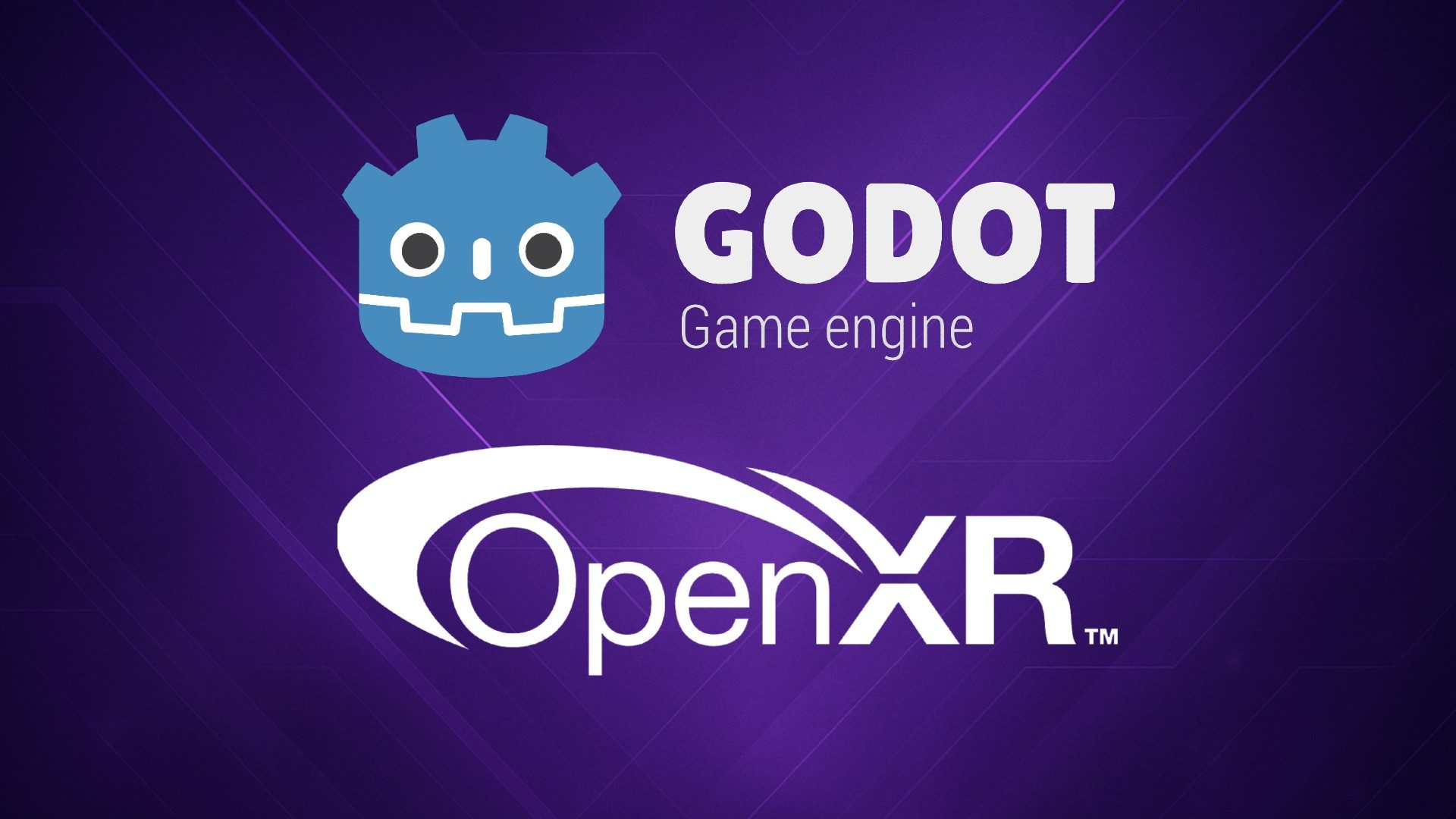Godot, the open source game engine, has included basic OpenXR support for a number of years now, allowing developers to easily publish their apps across a variety of XR headsets. Now, Godot just an update that brings even more OpenXR functionality, aiming to make the free and open source engine even more attractive to XR devs.
The News
OpenXR is an open, royalty-free standard lead by The Khronos Group which provides a single, unified interface for developing VR and AR applications. Most XR platforms support it—excluding Apple, which uses its own APIs for Vision Pro.
Now, in the recent 4.5 update, the Godot game engine officially shipped a big OpenXR feature, namely the OpenXR render models extension, which allows for the system to accurately recognize and display platform specific hardware, like controller models—important to a proper sense of immersion when in XR.

Godot’s Lead XR Maintainer Bastiaan Olij says in a blog post the next major step though is on its way, coming in Godot 4.6. In the developer preview (Godot 4.6 dev 1), the engine already now supports OpenXR Spatial Entities, including mixed reality tools like spatial anchors, plane detection, and marker tracking—essentially allowing developers to build persistent, spatially aware MR experiences.
What’s more, Godot 4.6 also adds OpenXR 1.1 support, which includes frame synthesis for improved reprojection. Ongoing work also includes better Quad View rendering, which allows for higher quality rendering at the user’s focal point. A major Android improvement now also allows developers to deploy one universal APK for all OpenXR-compatible XR devices.
Looking ahead, Godot plans to tackle body tracking standardization, more spatial entities, multi-app support, and improved generic controller workflows, Olij says, noting that by funding and supporting Godot, Khronos ensures that its open standards, such as OpenXR, evolve with direct input from the developers who rely on them.
My Take
When it comes to XR, most apps are developed with the Unity game engine, since its barrier to entry is so low: it’s cheap (or free), has excellent documentation for learning and troubleshooting, and offers cross-platform support.
This is all well and good, provided the company behind it doesn’t alter its fee structure like it did back in 2023, which was poised to charge developers based on game installs after crossing certain revenue thresholds. In short, this would have squashed indie devs and free-to-play devs from the get-go. The structure was also designed to be applied retroactively, meaning anyone who published a game using Unity in the past could actually owe the company money, or be forced to take down their project.
Understandably, the fee structure was met with swift backlash from the developer community, forcing Unity to reverse course. The whole fiasco though reportedly doubled Godot’s user base at the time. Great for Godot, and I hope they can keep up the momentum so competition can always force publicly traded companies to think twice before putting shareholder value ahead of its userbase.
,
